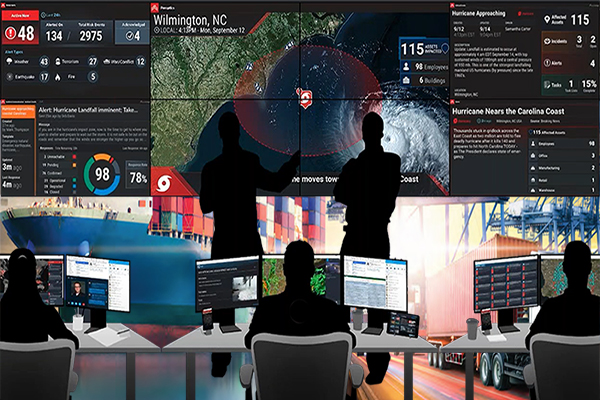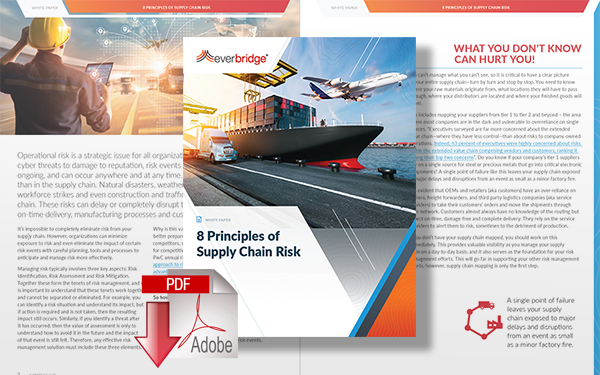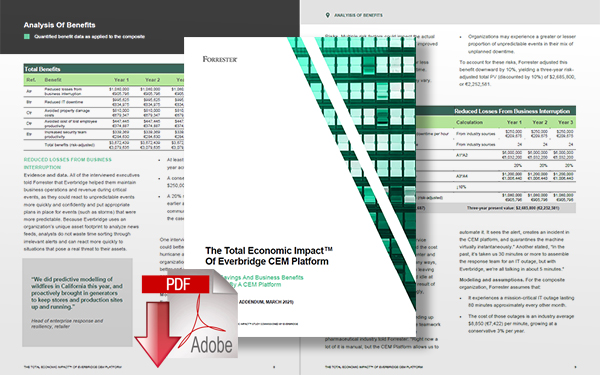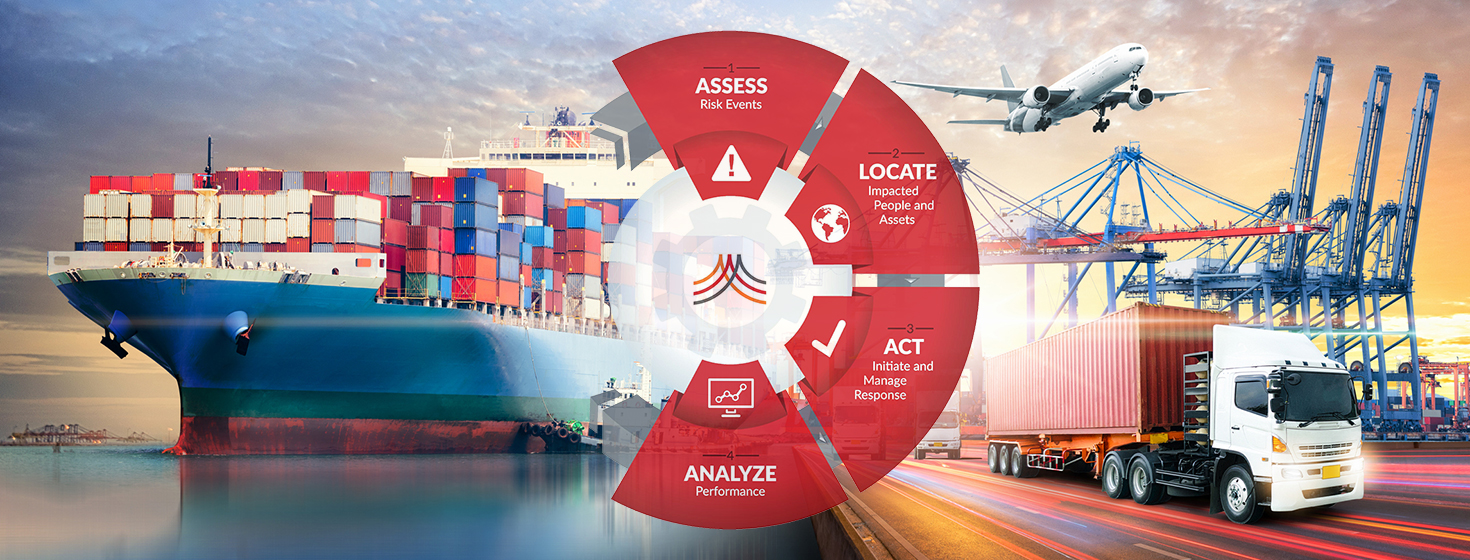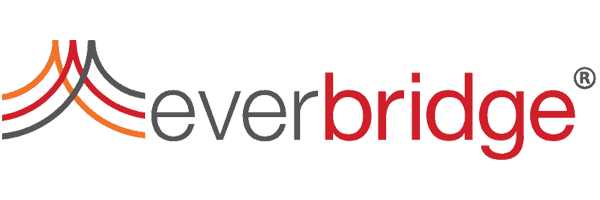Protecting the Supply Chain Against Risk Events & Disruption
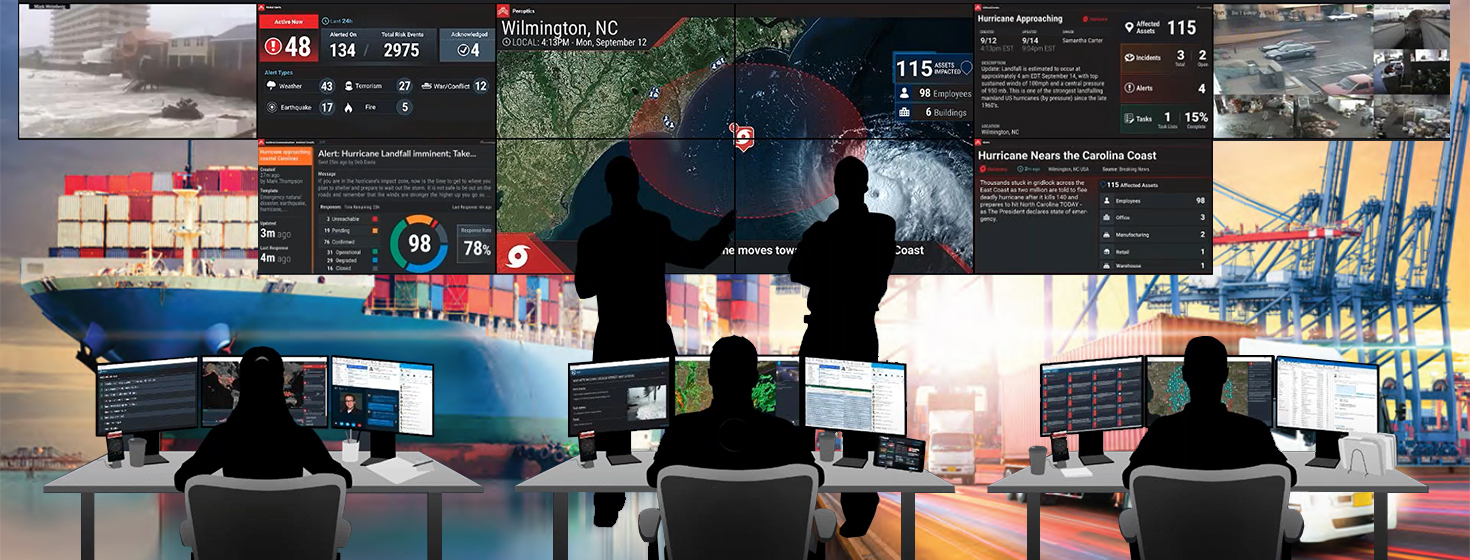
Tracy Reinhold, Chief Security Officer at Everbridge discusses how organizations can minimize the risks to their supply chains and even eliminate the impact of certain risk events.
Supply Chain Risk
Operational risk is a strategic issue for all organizations and nowhere is it more evident than in the supply chain.
Weather disruption, technical issues, workforce strikes, and roadworks can delay or completely disrupt the supply chain, threatening on-time delivery, manufacturing processes, and customer commitments.
Organizations can minimize exposure to risk and even eliminate the impact of certain risk events with careful planning, tools, and processes to anticipate and manage risk more effectively.
If you’re better prepared to respond to supply chain risk you can even turn it into an opportunity for competitive advantage and differentiation.
The following 8 principles help to guide companies as they implement supply chain risk management.
1. What You Don’t Know Can Hurt You
It’s critical to have a clear picture of your entire supply chain. You need to know where your raw materials originate, the locations and distributors they pass through, and where finished goods will travel.
This includes mapping suppliers at every tier, an area where most companies are unsure and vulnerable to over-reliance on single sources, which can leave the supply chain exposed to major delays and disruptions from an event as small as a minor factory fire.
Beware of depending too much on carriers, freight forwarders, and third-party logistics companies to take customers’ orders and move shipments through the network. You are responsible for ensuring the product is delivered on time and damage-free, and to do this you need day-to-day visibility of your supply chain. This will support other risk management efforts too.
2. Identify Weak Links
Once you map your supply chain, put it to use identifying vulnerabilities and choke points. Could a strike hit a heavily-used transport network, for example?
Depending on your appetite for risk, you may need to make changes. Sourcing alternative carriers or routes could lower your overall risk, or you could create mitigation plans. Look further afield - is your supply chain vulnerable to adverse weather events or terror activity - if so, include these in the risk profile. Once you know your weakest links it will be clear what contingencies you need in place.
3. A Map On The Wall is Not a Tool
A map marked with locations doesn’t allow for the fluidity of supply chains and the constant need for adjustments as needs and situations change. Companies often come up short in mapping the routes their shipments take from the original supplier, through critical infrastructure, to destinations such as manufacturing plants, distribution centers, and retail stores. Inventory in transit is inventory at risk.
Your map needs to be a tool that is part of your everyday routine. As things shift, you need to make adjustments in real-time to ensure you are always monitoring the appropriate regions and routes for risk events.
 HOW TO USE PREDICTIVE INTELLIGENCE AND ANALYTICS
HOW TO USE PREDICTIVE INTELLIGENCE AND ANALYTICS
WEBINAR: On-Demand
Major supply chain breakdowns have spurred an industry-wide awakening that has business continuity and resilience leaders eager for new solutions. So far in 2021 alone, the Suez canal blockage caused global product shortages on numerous critical goods. The February freeze in Texas triggered mass blackouts that led to chemical plant shutdowns, causing a shortage of raw materials needed for products such as medical face shields and smartphones. And continued COVID outbreaks in Taiwan have impeded tech manufacturing worldwide.
Featuring intelligence and risk expert, Shehrina Kamal, join this webinar to learn:
- Top 5 predictions for the second half of 2021, and real-life failures and successes
- Lessons learned from recent interruptions, including ocean capacity challenges and US air cargo congestions
- How to improve supply chain security automation and processes to turn supply chain risk into a competitive advantage
Don't Miss This On-Demand Event REGISTER NOW
4. Harnessing Big Data
Overlaying your supply chain map with real-time risk data is the next logical step. If you import from China, for example, and a typhoon is bearing down with the Shanghai ports right in the middle, you will need to know what’s at risk.
The same applies if you ship goods from one end of the UK to the other and heavy snow is forecast. You’ll need a list of the locations, shipments, and inventory by part number that will be impacted. Make sure you also have sources of news that will alert you as risks arise.
The data feeds must relate directly to important things such as employees, facilities, supply routes, and the transport network.
Evaluate where you are with big data and create a roadmap to guide you as you add additional information sources.
5. Learn From Mistakes When the Stakes are Low
As you improve your risk preparedness, begin regular rehearsals of failures in the supply chain with your team. Practice how your organization will gather information, assess the impact of the event, and make critical decisions. Learn from your mistakes and adjust your strategy to ensure your team is prepared when something actually happens.
When you practice, use plausible emergencies based on your risk assessment and test your team, but also get out of your comfort zone and think about the types of risks you haven’t faced before.
6. Bad News Doesn’t Get Better in Time
If you’re responsible for managing supply chain risk, ensure that prompt and effective communication is one of your top priorities. Communicate before a crisis occurs, and throughout the response effort when something does hit.
Share your company’s supply chain risk assessment frequently across the organization particularly amongst those communicating to customers. During a supply chain risk event provide a clear understanding of the status and next steps to the executive team.
7. Move From Reactive to Proactive
A mature risk approach will include someone focused on finding the “next” risk event. Help them by using assessment tools to understand the impact. This work should be part of regular staff discussions and drills where you rehearse supply chain failures.
Your risk information sources must support proactive awareness and response. Social media is one example, as companies integrate unfiltered, real-time updates from people experiencing adverse weather, traffic disruption, and other incidents.
8. Risk Can Become Opportunity
Supply chain risk can become an opportunity for competitive advantage and differentiation if you’re able to see the big picture and stay a step ahead of the challenges caused by a risk event. When an event impacts an industry as a whole, the most informed and prepared organizations will recover faster and potentially grab market share from others.
Conclusion
Supply chain risk is a growing problem as the threat environment continues to be more unpredictable. While a proactive approach is always better, there will be times when you are caught unaware. When that happens, it is important to have an actionable plan to address the unexpected and begin the recovery process.
This is best accomplished by taking advantage of technology to ensure you have the latest intelligence to identify threats and vulnerabilities that have the potential to impact your supply chain. Limiting your real-time mapping capabilities to only address the predetermined routes and suppliers may expose you to an unacceptable level of risk. An all-source approach to intelligence gathering opens the aperture and allows you to see emerging threats before they have a chance to impact your supply chain operations.
Using this global intelligence or all-source capability during exercises also increases your ability to recover from a supply chain disruption quicker and pave the way for a return to revenue for the company. The unintended benefit of this approach is that your staff will have an opportunity to become more familiar with the technology in a safe environment which translates to faster reaction time during a crisis.
Learn More on The Power of Critical Event Management
About Tracy Reinhold
Tracy Reinhold is Chief Security Officer at Everbridge. He is responsible for advancing Everbridge’s enterprise-level security strategy, as well as working closely with customers and partners to optimize their organizational approach to managing and responding to critical events.
Note: Article courtesy of International Trade Magazine (ITM) for Everbridge
Related Resources
8 Principles of Supply Chain Risk
In this white paper, we detail 8 principles that are an accumulation of experiences documented to help guide companies as they mature their supply chain risk management program and make changes to proactively respond to and minimize the impact of risk events. Download Now!
The Total Economic Impact™ of Everbridge CEM Platform
This Forrester commissioned Total Economic Impact™ (TEI) study provides readers with a framework to evaluate the potential financial impact of a CEM (Critical Event Management) Platform on their organizations. Download Now!
More Resources from Everbridge
Related Article: Using Technology to Protect Against Supply Chain Risk
Article Topics
Everbridge News & Resources
3 Fundamental Truths about Supply Chain Disruption & Risk Using Technology to Protect Against Supply Chain Risk 8 Principles of Supply Chain Risk Protecting the Supply Chain Against Risk Events & Disruption The Total Economic Impact™ of Everbridge CEM Platform Accelerating Digital Transformation for Mitigating Enterprise IT and Cyber Resilience Embracing Digital Transformation with Orchestration More EverbridgeLatest in Supply Chain
A Look at Baltimore’s Key Bridge Collapse—One Month Later European Parliament Passes New Law Requiring Supply Chain Accountability Baltimore Continues Bridge Recovery With Opening of New Channel How Shippers Can Prep for Hurricane Season Apple Accused of Multiple Human Rights Violations South Korea Finally Overtakes China in Goods Exported to U.S. UPS Struggles in First Quarter With Steep Earnings Decline More Supply Chain